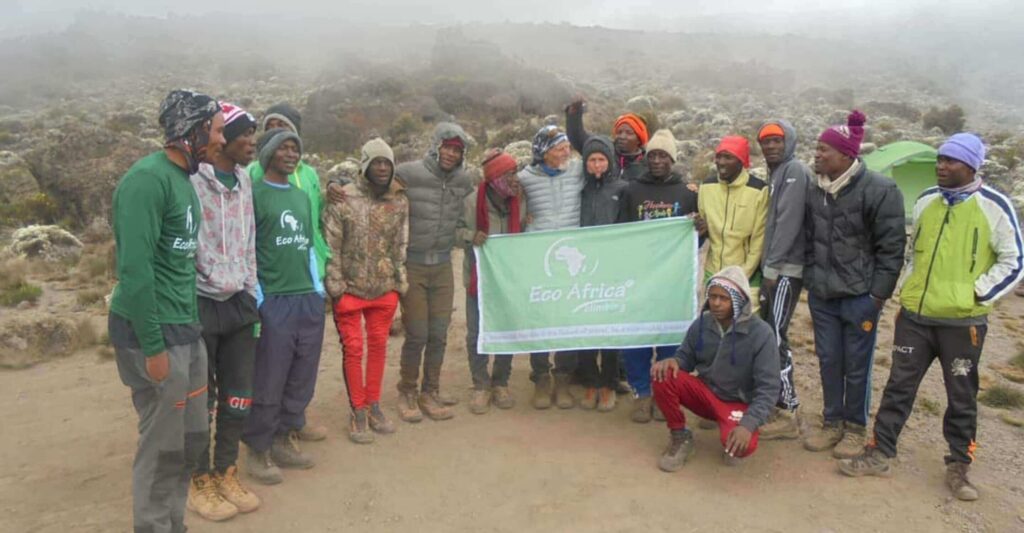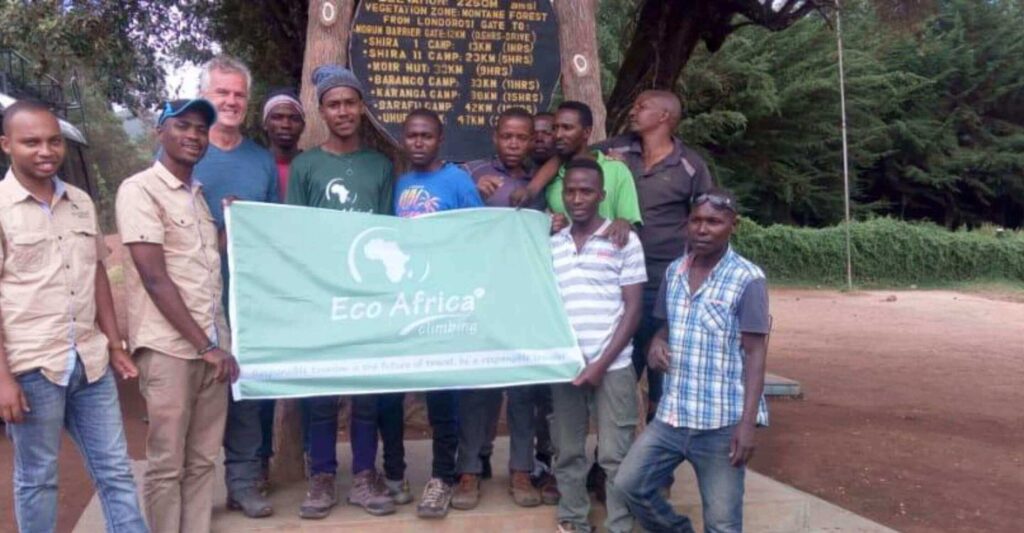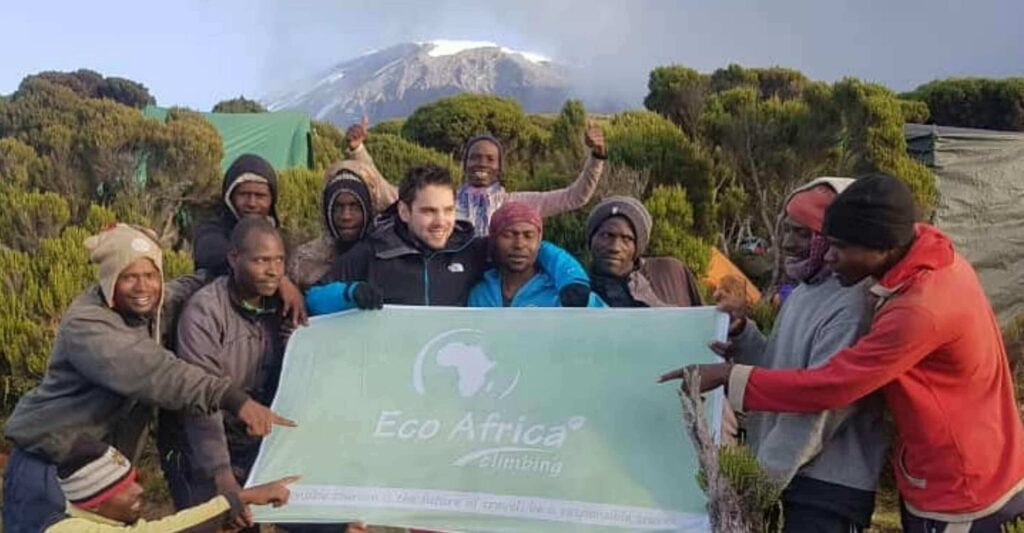DO YOU NEED OXYGEN TO CLIMB KILIMANJARO?
As a climber gains elevation on Kilimanjaro, the air becomes less compressed and thinner. At sea level, the weight of the air above compresses the air below, making it denser. However, the percentage of oxygen in the air remains constant at 21% at all altitudes
On all our climbs, we carry medical kits and emergency oxygen on Kilimanjaro. We also bring supplemental oxygen tanks and oxygen masks as part of our safety commitment. Climbers do not require extra oxygen to climb Kilimanjaro or reach its summit despite the significant altitude challenge. The acclimatization method involves walking slowly, climbing high, and sleeping low. Spending more days on the mountain increases the likelihood of reaching the summit of Kilimanjaro.
To climb Kilimanjaro, you do not need supplemental oxygen.
Supplemental oxygen is typically reserved for extreme altitudes above 23,000 feet where human life cannot be sustained due to the lack of oxygen. These heights are often referred to as the ‘Death Zone’, with elevations exceeding 26,000 feet. At 19,340 feet, the top of Kilimanjaro is below these extreme altitudes, and the use of supplemental oxygen is very uncommon on the peak.
Using oxygen to alleviate symptoms of moderate or severe altitude sickness is not recommended for several reasons, aside from the fact that it might make one look like a hospital patient instead of a mountain trekker.
When a climber experiences altitude sickness, it is not without reason. The body recognizes that it cannot function at the current altitude and is signaling the person to descend. Ignoring these signals is the leading cause of trouble on the mountain.
Using supplemental oxygen halts the body’s natural acclimatization process by artificially increasing the oxygen content in the air being breathed. This approach disregards the body’s clear message to maintain or lower altitude. Climbing higher while using oxygen can exacerbate the situation, especially when the body has yet to acclimate to the current altitude. It is a potentially hazardous situation.
Why climb Kilimanjaro with supplemental oxygen? The mountain’s difficulty stems from its altitude, and without that challenge, it is not a particularly difficult trek. While some may climb Kilimanjaro merely to say they have done so, it does not represent much of an achievement if the mountain were at sea level.
In short, using supplemental oxygen to climb higher is potentially dangerous, wholly unnecessary on Kilimanjaro, and runs counter to the spirit and challenge of climbing the mountain. You do not require oxygen to reach Kilimanjaro’s summit, and it should be avoided.”
Our Top Recommended Ethical Kilimanjaro Climbs
Ethical Kilimanjaro via Northern Circuit Route 9 Days
The Northern Circuit route is one of the best routes on Kilimanjaro.The route approaches Mount Kilimanjaro from the west….
From USD $3250
Ethical Kilimanjaro via Lemosho Route 8 Days
The Lemosho route is one of the newer routes on the mountain and a superb choice for your climb, It is our preferred route…
From USD $2950
Ethical Kilimanjaro via Machame Route 7 Days
Machame (“Whiskey”) Route is also known as the “Whiskey” route, the Machame route is now the most popular route on the …
From USD $2650


